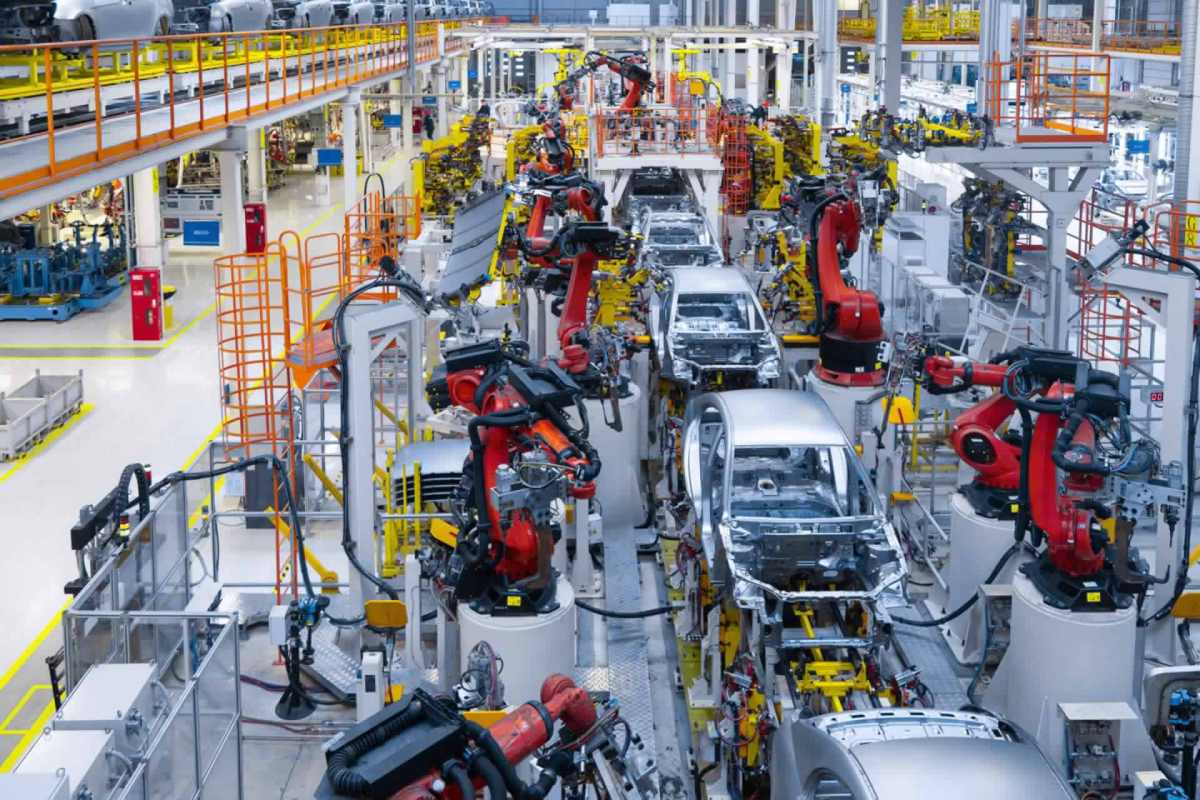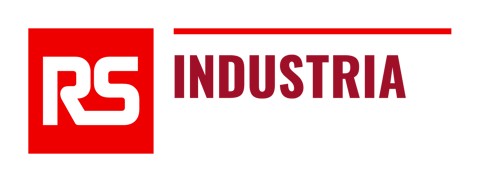
Data is power but only if it’s shared. This is no more true than in an industrial setting. But connecting up disparate data networks located in different machines and systems is challenging. It’s a challenge that RS Industria, with its Edge Gateway technology, has expertly solved.
Why is consumer IoT seen as easier to implement compared to industrial IoT?
The simple answer is legacy data.
When installing a smart doorbell, for instance, it’s a single-purpose solution that is built using standard IT technologies that doesn’t need to ‘talk’ to any other devices in the home. It’s a vertical stovepipe system with no horizontal integration required.
In comparison, most industrial settings feature a patchwork of different machines, systems and devices, a lot of which are legacy equipment. While some of these systems
might be creating their own stovepipes of data, such as vibration analysis, it’s often difficult to feed that existing data into other systems to help create a single integrated
view of condition monitoring.
How should you start an IIoT Project?
When embarking on an IIoT project, the starting point should be small-scale. Begin with an immediate problem you want to be solved that will provide the most benefits.
Then look at the data that is already available. Modern factories are packed with data, but that data is often locked away inside devices that aren’t connected or are being used for a different purpose.
“With RS Industria, we faced that challenge of extracting legacy data, and that’s a core part of our industrial data platform,” explains Richard Jeffers, Director for Maintenance Solutions at RS Components. “We can help customers identify the relevant networks and assets within existing machines rather than selling them new hardware to buy new data.”
How do I extract the data from different systems?
However, extracting data is one thing, but getting that data to connect with data from other systems is another thing entirely.
The reason is that these industrial assets, systems and external sensors all have different asset protocols, such as OPC-UA, MODBUS or PROFINET, and integrating these disparate data networks is challenging.
However, RS Industria’s highly secure Edge Gateway can collect that data and translate all the different data ‘languages’ into one common format. This is then
transmitted to a cloud application that provides users with a single point of asset insight. From here, users can decide whether that existing data needs to be enriched with new data, which could involve the installation of new sensors.
With our modular approach, users can also easily add assets to their RS Industria platform once they’ve reaped the benefits of solving that first initial problem.
“Core to our RS Industria connect proposition is providing access to data that already
exists,” says Jeffers. “Our team can tell you what data is there and what data is useful,
and our platform will then translate that data into a common language and send it
to a single place so you can start utilising it.”

